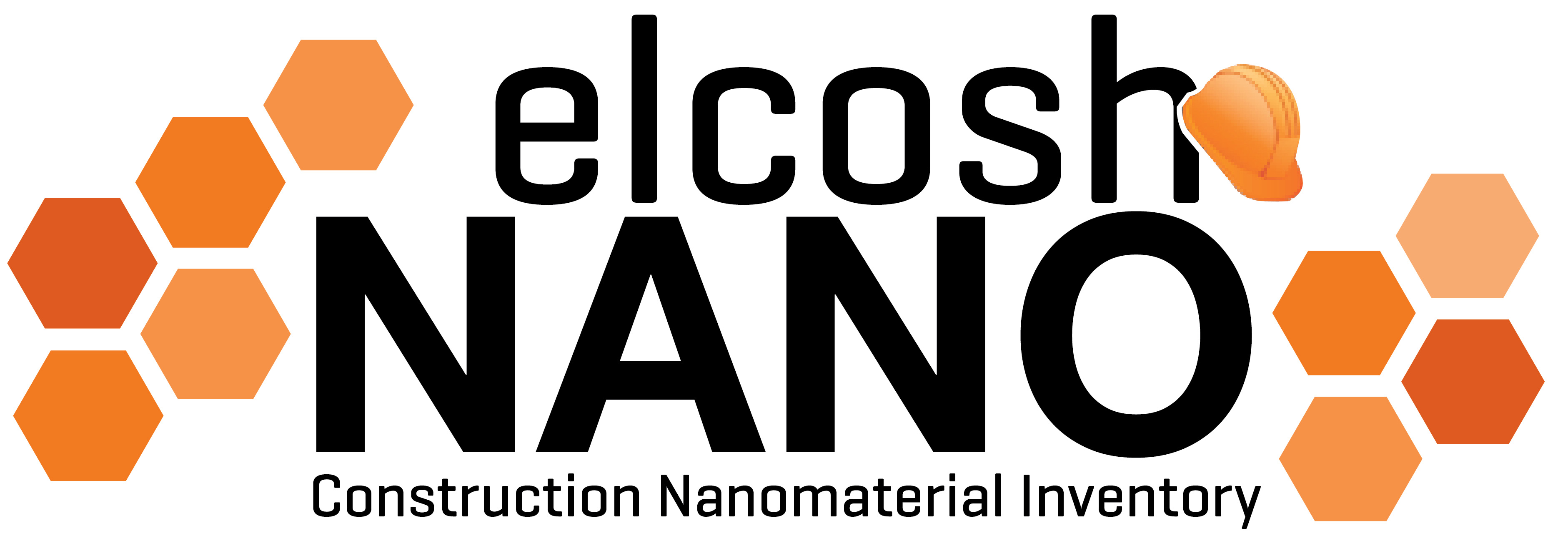Search Results
Describes results of testing of new finishing tools for drywall finishers such as spring powered flat boxes and corner applicators....
The outline of a program that can be used to train workers about ergonomics, including definitions, risk factors, and discussions about how to lessen...
Describes a study of masons comparing the use of standard and lightweight block and the impact on musculoskeletal disorders. Concludes that injuries c...
Describes the nature of musculoskeletal disorders, the incidence of them, the impact and methods to reduce them....
Reports of a study of back-belt use as it relates to back injury claims which found that there was no significant correlation between belt wear and re...
An in-depth research study of work-related musculoskeletal disorders in Washington state from 1990-1998 based on worker’s compensation claims....
This CPWR Hazard Alert on Back Injuries describes the major causes of back injuries and steps that can be taken to avoid them. Click on the following...
Information on common emergency room visits from construction workers, including plumbers with eye injuries and sheetmetal workers with cuts, as well...
A summary of a study on musculoskeletal injuries in different industries, including information on injuries by trade and type of work...
Describes the standards that the U.S. Army Corps of Engineers has been using for the Prevention of Cumulative Trauma....




